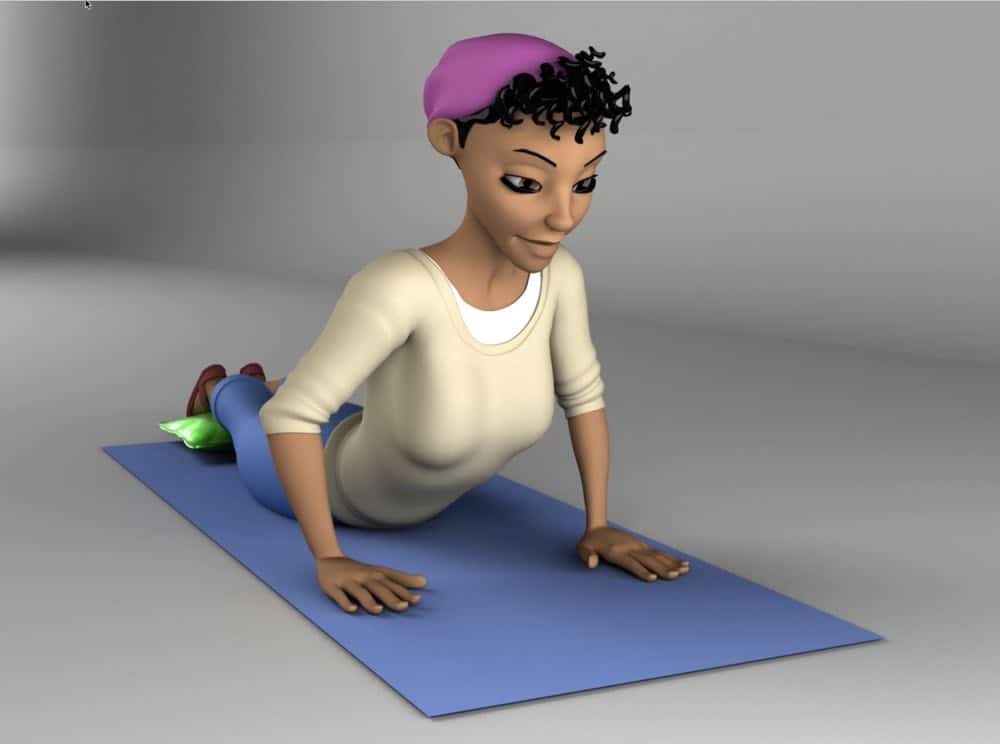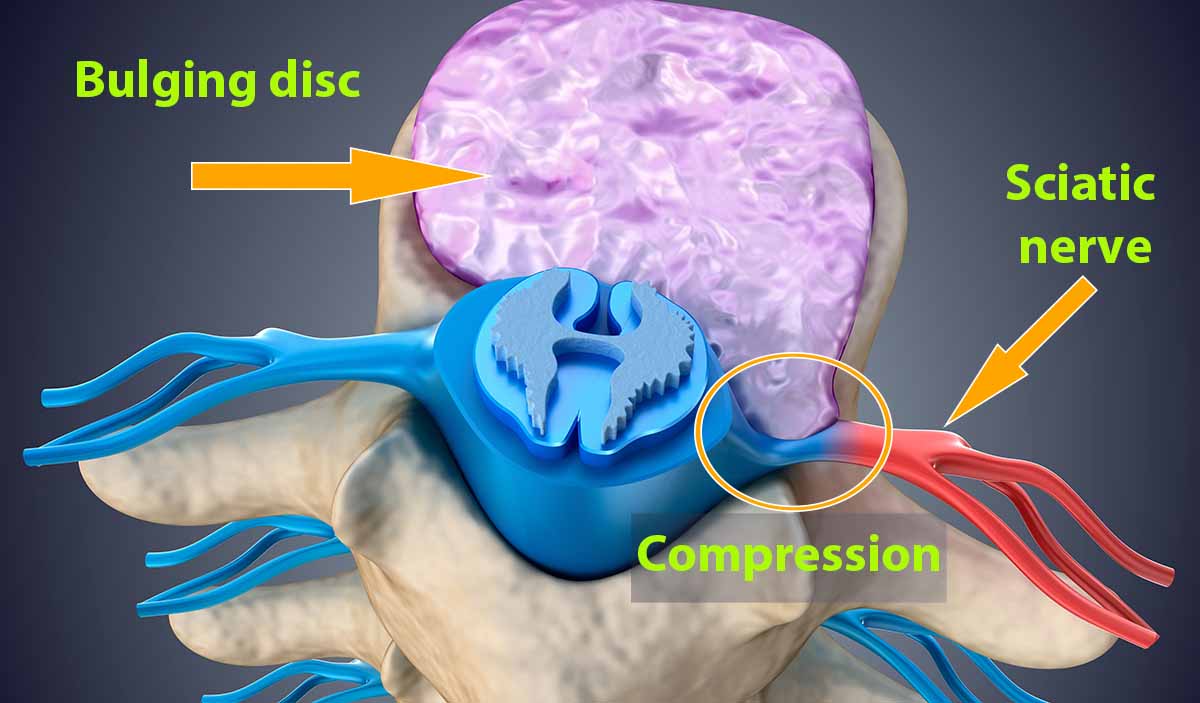Pregnancy is an exciting time, but it can also be challenging, particularly when it comes to managing pain. One common complaint during pregnancy is sciatica, which is caused by pressure on the sciatic nerve. This nerve runs from the lower back down through the legs, and its compression can lead to sharp, shooting pain, tingling, and numbness. Sciatica is a common condition that affects many pregnant women, but it can be managed.
Here are some tips for coping with sciatica during pregnancy.
Understanding the Causes of Sciatica during Pregnancy
Sciatica during pregnancy is caused by the extra weight and pressure that the baby puts on the sciatic nerve. As the baby grows, the uterus expands, and the weight of the baby puts pressure on the sciatic nerve.
Additionally, hormonal changes during pregnancy can cause the ligaments in the pelvis to loosen, which can further contribute to sciatica.
Identifying Symptoms of Sciatica during Pregnancy
The symptoms of sciatica during pregnancy can vary, but the most common symptoms include sharp, shooting pain that radiates from the lower back down through the legs. The pain can be intense and may feel like an electric shock. Other symptoms include tingling, numbness, and weakness in the legs.
Coping with Sciatica during Pregnancy
There are several ways to cope with sciatica during pregnancy. Here are some tips:
- Exercise: Gentle exercise can help to alleviate sciatica pain during pregnancy. Walking, yoga, and swimming are all great options for pregnant women. It is important to talk to your doctor before starting any exercise program.
- Stretching: Gentle stretching can help to relieve sciatica pain. Try doing stretches that target the lower back and legs. You can also try prenatal yoga, which is designed specifically for pregnant women.
- Heat and Cold Therapy: Applying heat or cold to the affected area can help to reduce inflammation and relieve pain. Try using a hot water bottle or ice pack on the lower back to alleviate sciatica pain.
- Massage: A gentle massage can help to ease tension in the muscles and relieve sciatica pain. You can try massaging the lower back, buttocks, and legs to alleviate pain.
- Chiropractic Care: Chiropractic care is a safe and effective way to manage sciatica pain during pregnancy. Your chiropractor can use gentle adjustments to realign the spine and alleviate pressure on the sciatic nerve.
- Acupuncture: Acupuncture is a safe and effective way to manage sciatica pain during pregnancy, if you believe in acupuncture of course. Your acupuncturist can use thin needles to stimulate the body’s natural healing process and alleviate pain.
When to Seek Medical Attention
While sciatica during pregnancy is common, it is important to seek medical attention if the pain becomes severe or is accompanied by other symptoms such as fever, vaginal bleeding, or bladder or bowel dysfunction. These can be signs of a more serious condition that requires immediate medical attention.
Conclusion
Sciatica during pregnancy can be challenging, but it can be managed. By understanding the causes and symptoms of sciatica during pregnancy and taking steps to alleviate pain, pregnant women can successfully cope with this condition. If you are experiencing sciatica pain during pregnancy, talk to your doctor about your options for managing the pain.





